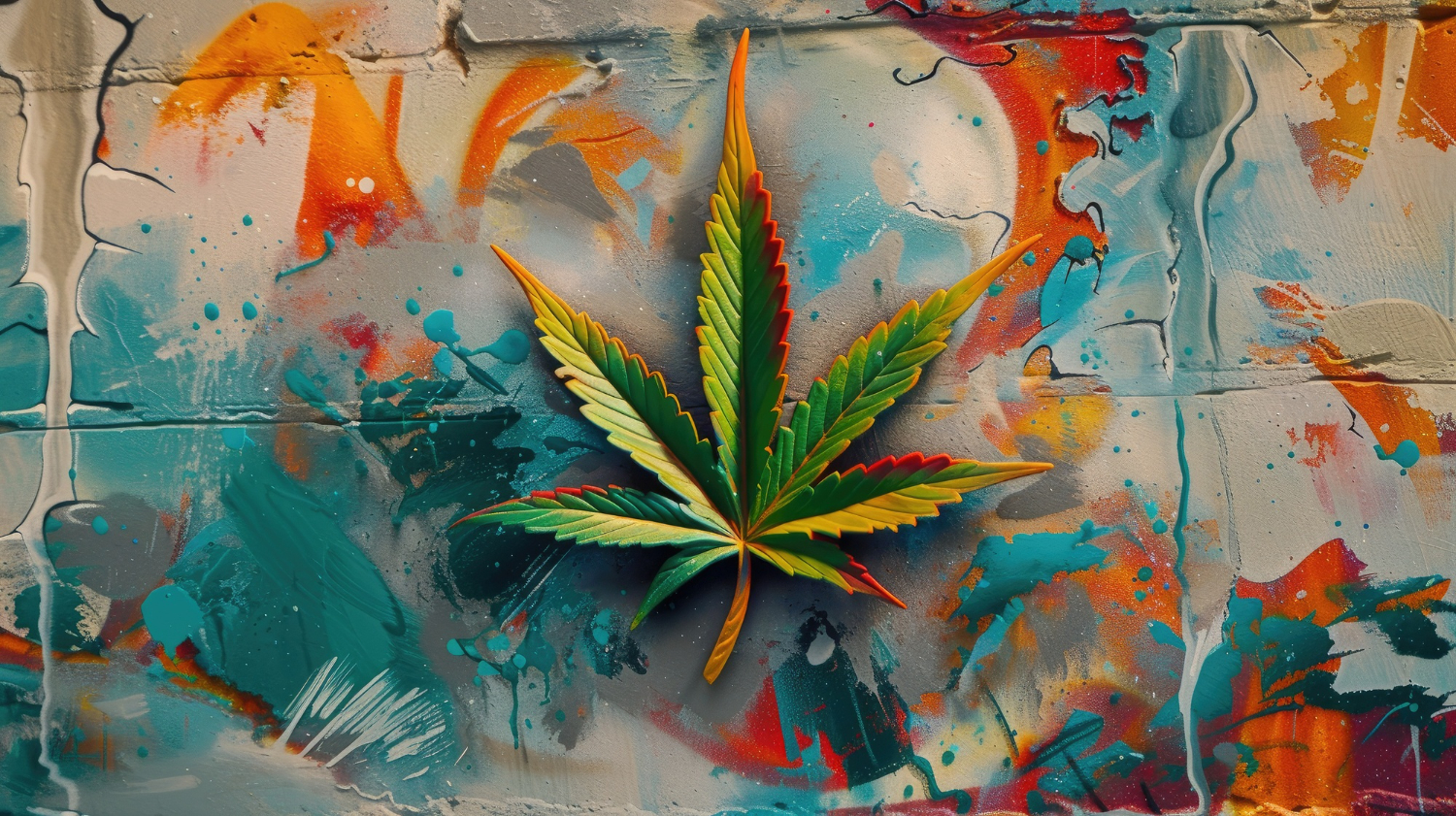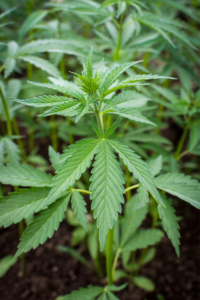In the world of cannabis, two terms often stand out and are frequently misunderstood—hemp and marijuana. These two plants have sparked debates, legal battles, and a wealth of research, but what truly sets them apart? For anyone navigating the realms of botanical science, agriculture, or even the burgeoning industry of CBD and THC products, understanding the difference between hemp and marijuana is crucial. Let’s untangle the intricate web of these two distinct yet closely related plants.
Unveiling the Origins
Both hemp and marijuana belong to the Cannabis sativa species, but their uses, chemical composition, and legal status set them apart significantly. Hemp has been cultivated for thousands of years, primarily for its sturdy fibers, which have been used in textiles, ropes, and even paper. Meanwhile, marijuana gained its fame (or notoriety) due to its psychoactive properties, which have been harnessed for recreational and medicinal purposes.
Chemical Composition The Defining Factor
One of the most significant differences between hemp and marijuana lies in their chemical composition. The key component often discussed is THC (tetrahydrocannabinol), the psychoactive compound that gives marijuana its characteristic “high.” Marijuana plants are bred to contain high levels of THC, usually between 15% and 30%.
In contrast, hemp contains less than 0.3% THC, making it non-psychoactive and suitable for a variety of industrial applications. Hemp is rich in CBD (cannabidiol), a compound prized for its potential therapeutic benefits without the intoxicating effects.
The Legal Landscape Navigating Complex Regulations
The legal status of hemp and marijuana varies dramatically around the world. In the United States, the Farm Bill of 2018 legalized the cultivation of hemp, distinguishing it from marijuana based on its low THC content. This has opened the doors for hemp farming and the production of CBD products.
However, marijuana remains a controlled substance under federal law, although many states have enacted laws permitting its use for medical or recreational purposes. Understanding these legal differences is crucial for entrepreneurs and consumers alike to ensure compliance and make informed decisions.
Industrial Uses The Versatile Hemp Plant
Hemp is a versatile plant with numerous industrial applications. Its fibers are incredibly strong and durable, making them ideal for producing textiles, ropes, and construction materials. Hemp seeds and oil are nutritious and rich in omega-3 and omega-6 fatty acids, finding their way into health products and foods.
Additionally, hemp is an efficient biofuel source and can be used to produce biodegradable plastics, offering sustainable alternatives in a world increasingly focused on eco-friendly solutions.
Medicinal and Recreational Uses The Role of Marijuana
While hemp shines in its industrial applications, marijuana takes the spotlight in medicinal and recreational uses. Medical marijuana is prescribed to manage chronic pain, alleviate nausea during chemotherapy, and treat various mental health disorders. Its recreational use, legalized in many jurisdictions, remains popular for its mood-altering effects.
Cultivation and Growth Characteristics
Hemp and marijuana differ in their cultivation practices as well. Hemp is typically grown outdoors in large fields, with plants spaced closely together to encourage tall, sturdy stalks. It’s a hardy plant that thrives in various climates and requires minimal care.
On the other hand, marijuana is often grown indoors or in controlled environments to maximize the production of THC-rich flowers. This requires careful monitoring of light, temperature, and humidity to ensure optimal growth.
Environmental Impact Sustainable Solutions
Hemp’s environmental impact is noteworthy, as it can be grown with fewer pesticides and herbicides compared to other crops. Its deep roots prevent soil erosion and improve soil health, making it an environmentally friendly option for farmers.
Marijuana cultivation, particularly indoors, can have a significant carbon footprint due to the energy required for lighting and climate control. Advocates are exploring more sustainable practices to mitigate its environmental impact.
The Rise of CBD A Popular Compound
CBD, found abundantly in hemp, has gained immense popularity for its potential health benefits. It’s used in various products, from oils and tinctures to creams and edibles. Unlike THC, CBD does not produce psychoactive effects, making it accessible to a broader audience.
Exploring the Entourage Effect
The entourage effect refers to the synergistic interaction between various cannabinoids and terpenes found in cannabis. While marijuana contains higher levels of THC, hemp’s rich cannabinoid profile, including CBD, offers unique therapeutic potential through this effect.
Consumer Considerations Making Informed Choices
Consumers interested in hemp and marijuana products should consider their intended use, desired effects, and legal regulations. Understanding product labels, sourcing, and third-party testing is essential to ensure quality and safety.
Future Prospects Innovations in Cannabis
The future of hemp and marijuana is promising, with ongoing research and innovations driving the industry forward. From sustainable agriculture practices to novel medical applications, these plants continue to capture the imagination of scientists, entrepreneurs, and consumers alike.
Conclusion Bridging the Gap
In conclusion, while hemp and marijuana share a botanical lineage, their differences are profound and impactful. From chemical composition and legal status to industrial and medicinal uses, each has carved a unique niche. Whether you’re an aspiring entrepreneur, a curious consumer, or an advocate for sustainable practices, understanding these distinctions will empower you to make informed decisions and contribute to the evolving landscape of cannabis.
*The statements made regarding these products have not been evaluated by the Food and Drug Administration. The efficacy of these products has not been confirmed by FDA-approved research. These products are not intended to diagnose, treat, cure or prevent any disease. All information presented here is not meant as a substitute for or alternative to information from healthcare practitioners. Please consult your healthcare professional about potential interactions or other possible complications before using any product. The Federal Food, Drug, and Cosmetic Act requires this notice.



